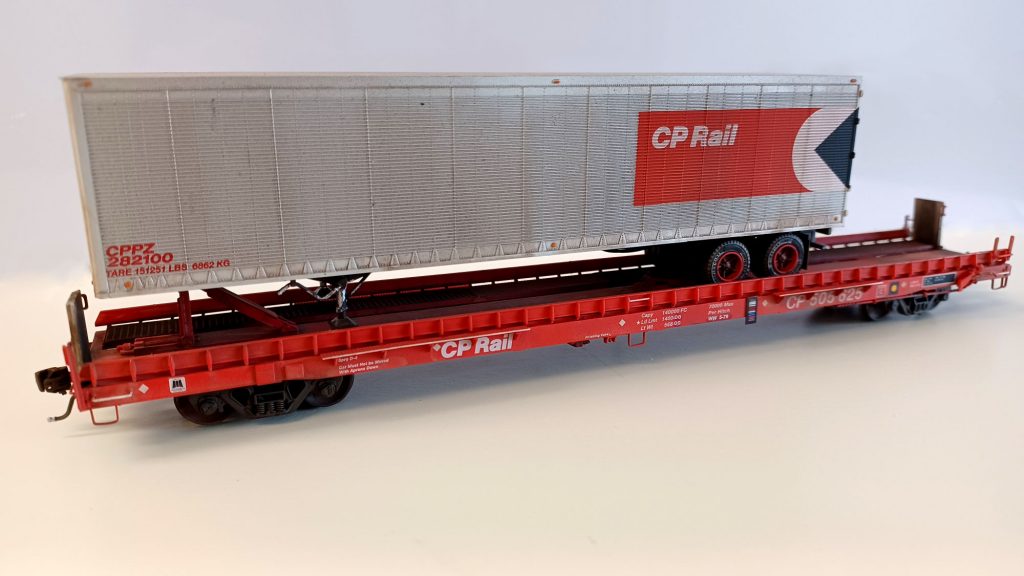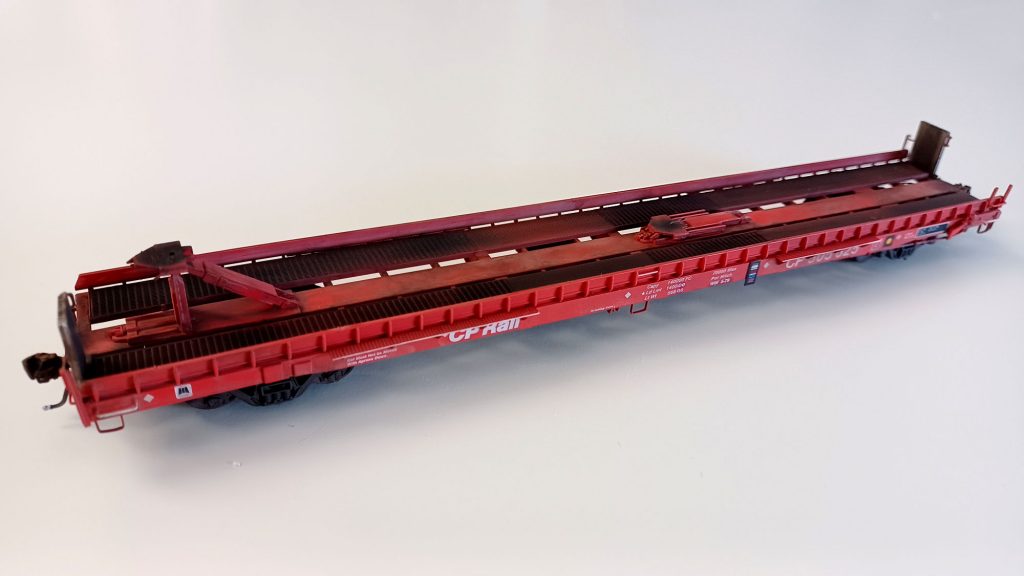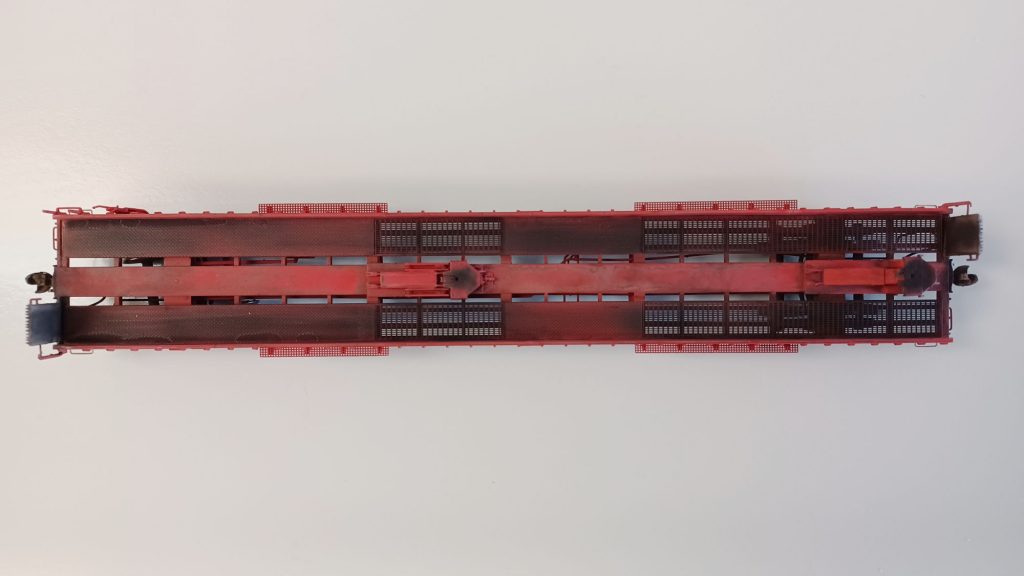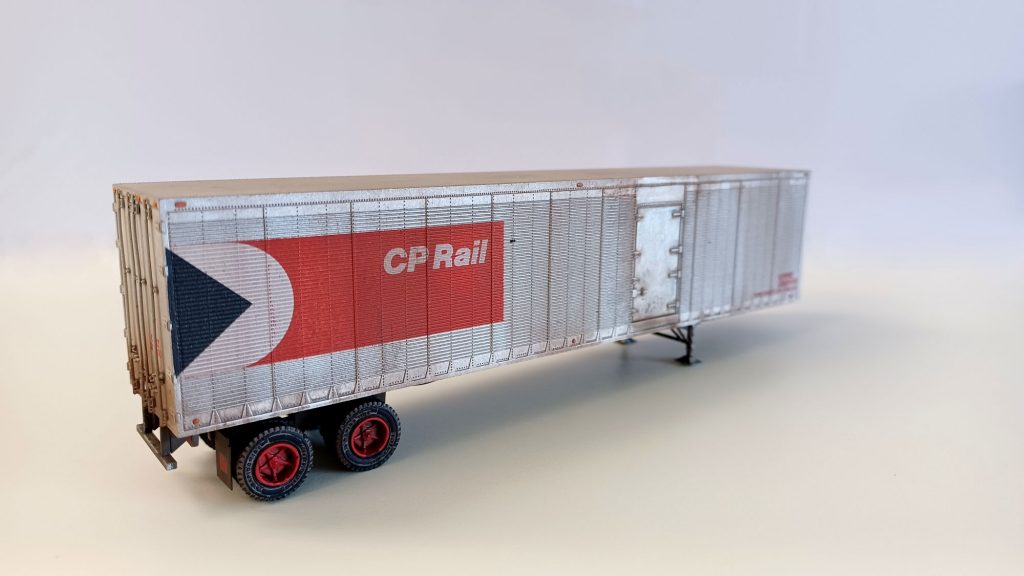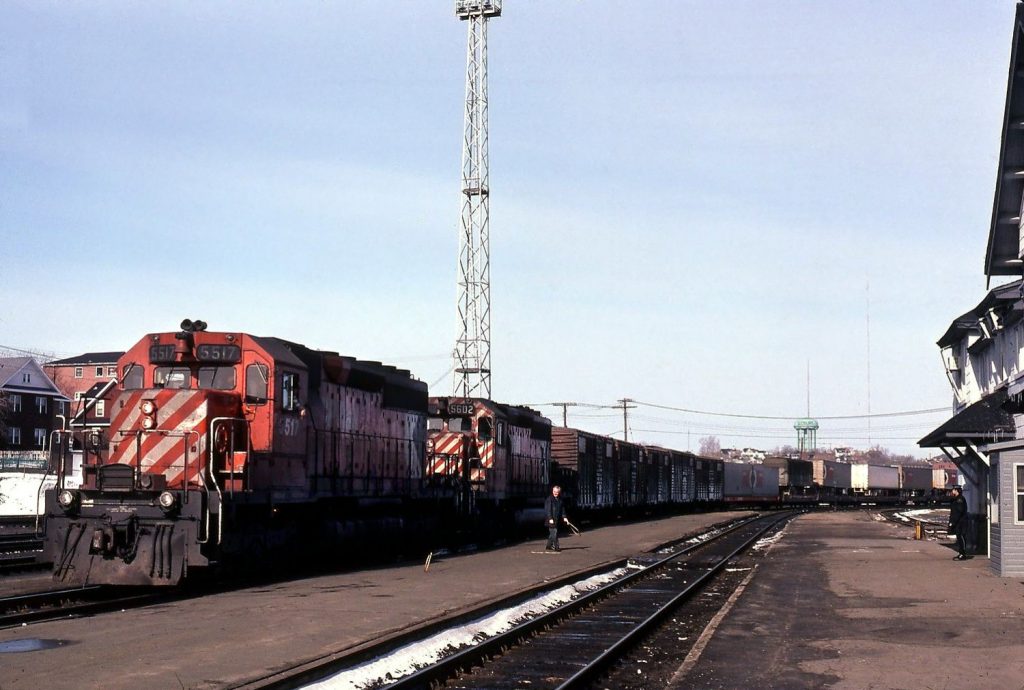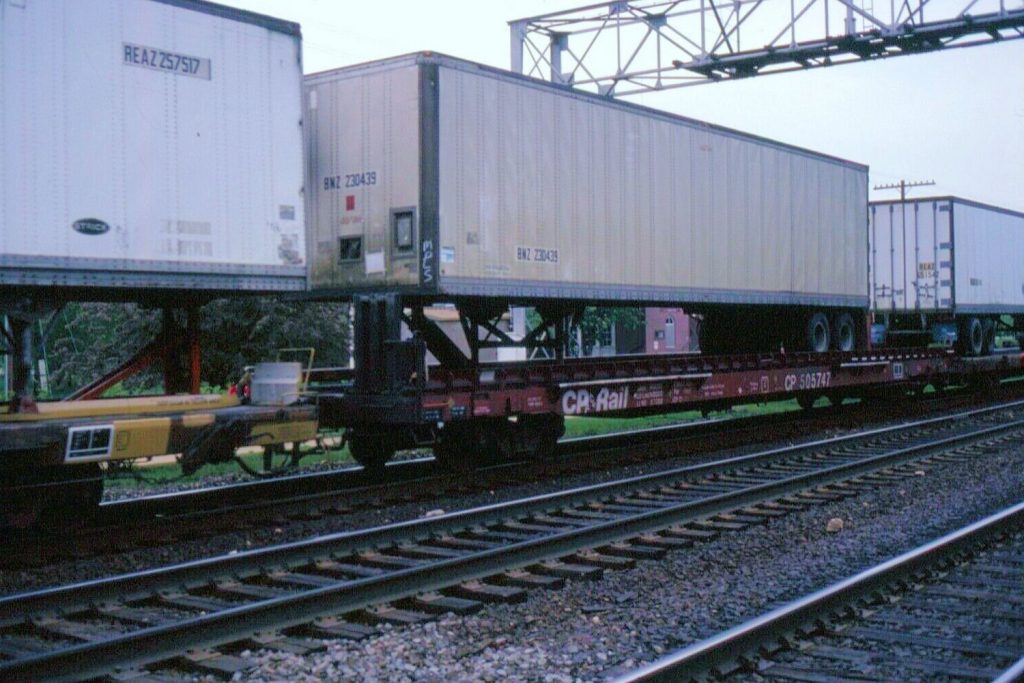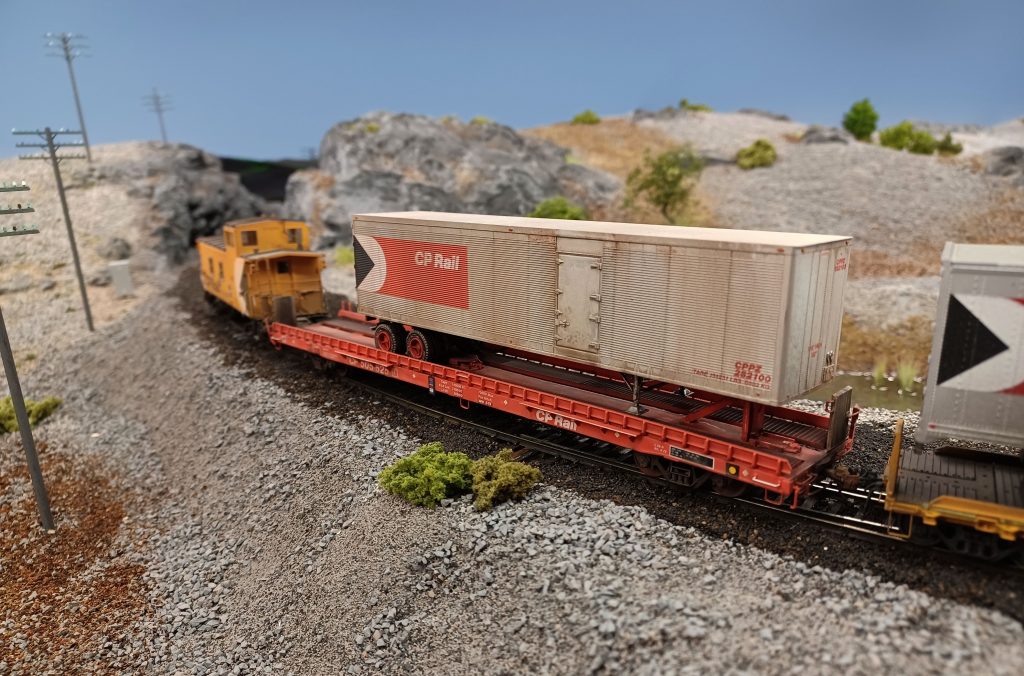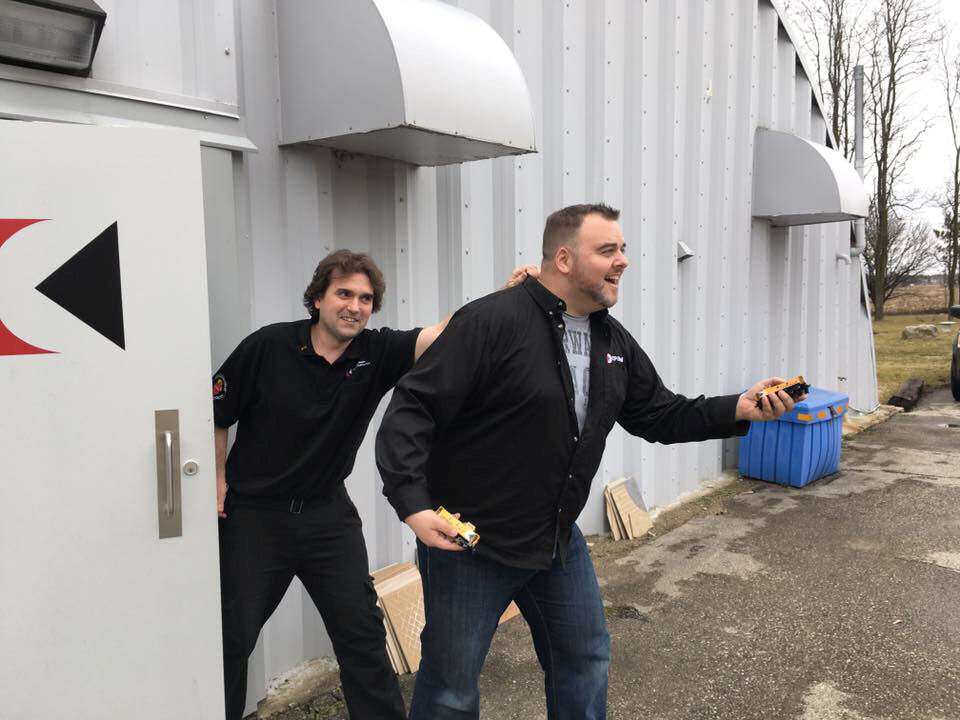Over twenty years ago when our club began holding its first operating sessions, we had to employ a lot of stand-in equipment to fill up our freights. Accurate HO-scale ready-to-run Canadian prototype models were only just starting to come into existence in the early 2000s. At the time our members understood most of the equipment we required would have to be assembled either from kitbashed US-based models, complicated resin kits, or built completely from scratch. We are very grateful (and relieved) that this didn’t turn out to be the case, as Rapido, Bowser, Atlas, North American Railcar, True Line Trains (RIP), etc, have produced so many wonderful Canadian prototype models over the years to help us emulate the operations of the 1970s-era CP Sudbury Division in miniature.
Despite the state of our early rolling stock fleet there was one operation we were able to model fairly accurately right from the beginning, and that was the intermodal traffic which used to be ferried via the Sault Ste Marie gateway. Canadian Pacific along with their US affiliate the SOO Line (Minneapolis, St Paul and Sault Ste Marie Railroad) had for many decades operated a pair of freights between Côte Saint-Luc QC (Montreal) and Schiller Park IL (Chicago) numbered 911 (westbound) and 912 (eastbound). These symbol freights were routed via the CPR’s transcon route between Montreal and Sudbury, and traversed across the north shore of Lake Huron between there and the USA at Sault Ste Marie. The border crossing was done via the CP/SOO international bridge, and the SOO Line’s network across the Michigan upper peninsula and Wisconsin was used to reach the Chicago area.
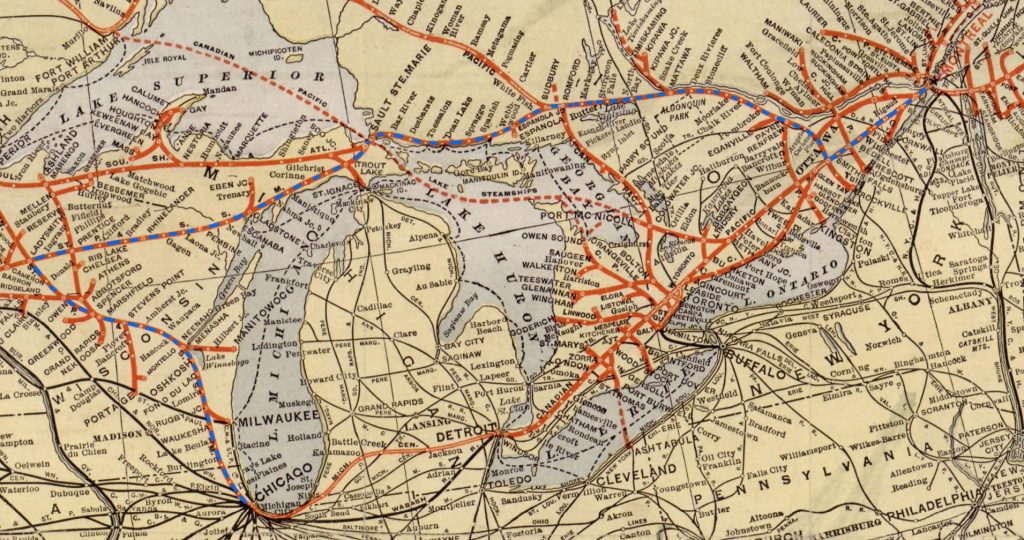
The route of joint CP / SOO trains #911 & 912 shown in the dashed blue line (click to enlarge). Despite the circuitous routing, CP was able to lure New England customers away from Penn Central’s direct ex-NYC ‘Water Level Route’ between Albany NY and Chicago.
Throughout the 1970s, CP Rail was transporting a healthy level of New England – Chicago bridge traffic via their Sudbury-Soo gateway, regardless of its extended length and customs legalities. Despite Penn Central possessing the most direct route between Albany NY and Chicago (the former New York Central ‘Water Level Route’), the fallout from their bankruptcy coupled with the overall degradation of the Northeast US rail network resulted in conditions which allowed CP to offer competitive transit times for New England shippers. Additionally, Canadian Pacific had devoted a lot of capital throughout the 1950s and ’60s in intermodal operations, and that investment had cultivated a respectable level of container-on-flat-car (COFC) traffic rolling between Chicago and the Port of Montreal via trains 911/912.
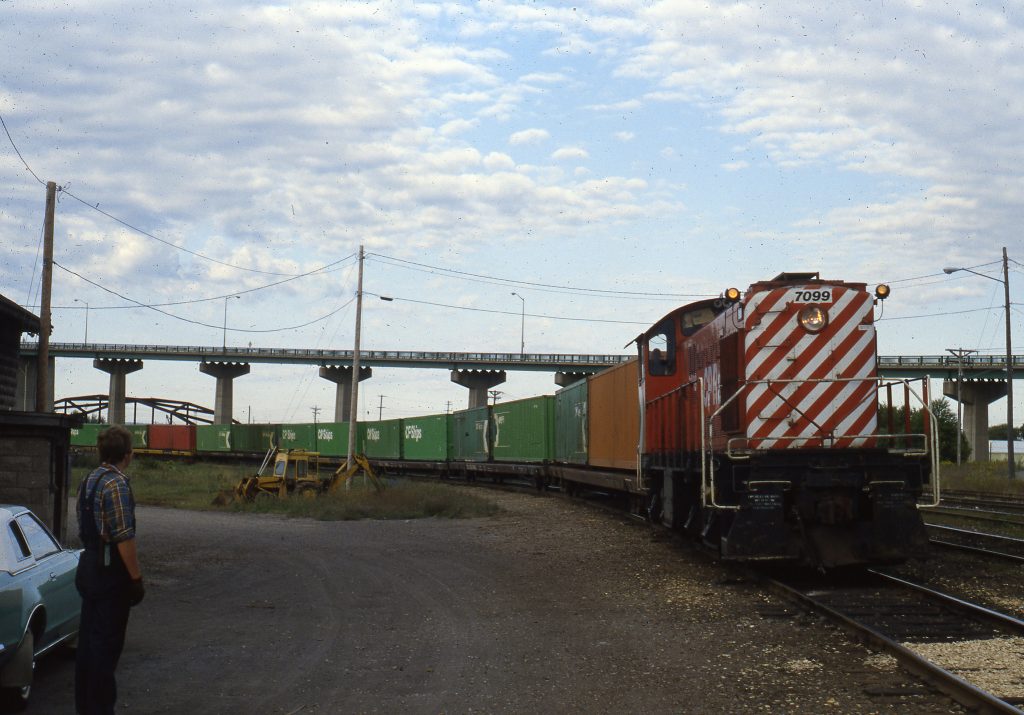
CP S-4 7099 arrives on a transfer run at Sault Ste Marie, Michigan with a COFC cut for SOO Line train #911 on 05 September 1980. (Mike Cleary photo)
Not only did this 911/912 intermodel service offer an interesting facet to our operating sessions, but as an added bonus this Chicago-Montreal COFC traffic was easy to model as it was carried on US-built Trailer-Train flatcars. It was also serendipitous that Accurail had introduced their Bethlehem 89ft piggyback flat kits just as we were planning our first op sessions. Naturally, we assembled a large pool quickly, and over the years that fleet has been augmented by various newer Atlas, Athearn-Genesis and Walthers intermodal flatcar releases as well.
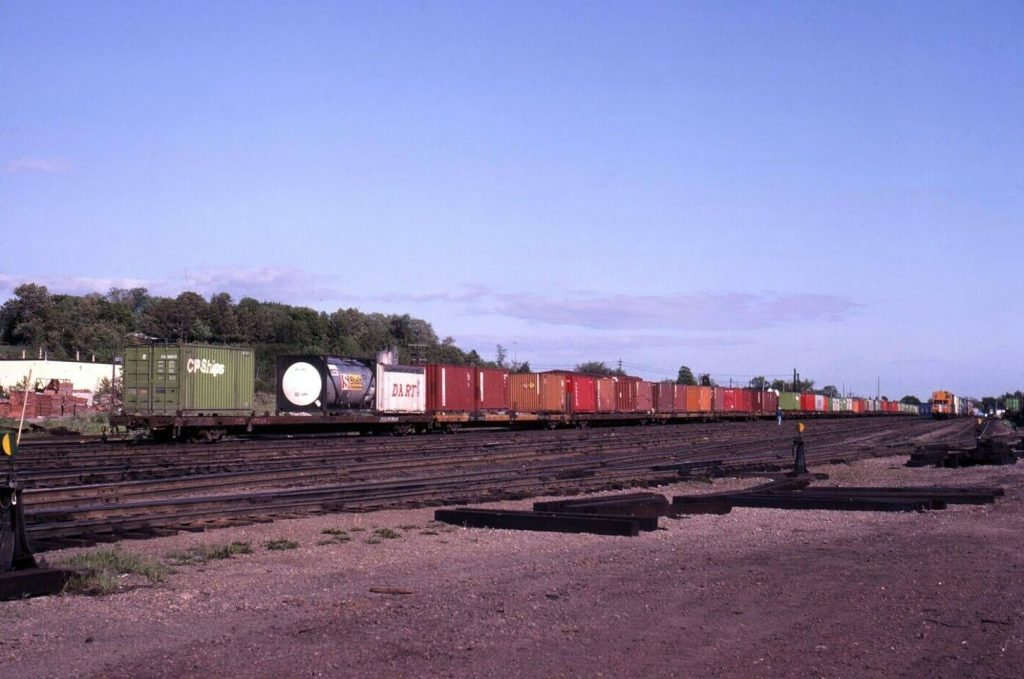
A very healthy COFC block off train 911 at Sault Ste Marie, Ontario on18 June 1983. (Ted Ellis collection)
In direct contrast to these Trailer-Train flats on trains 911/912, all the transcontinental priority freights (901, 902, 949, 951, 952, etc) we need to model all operated with nothing but Canadian-built CP intermodal flat cars, for which no accurate models have even been produced. However, there is some great news here, as Rapido Trains will be producing Canadian piggyback flats as we’ve written about in a previous blog-post. We hope this is just the beginning.
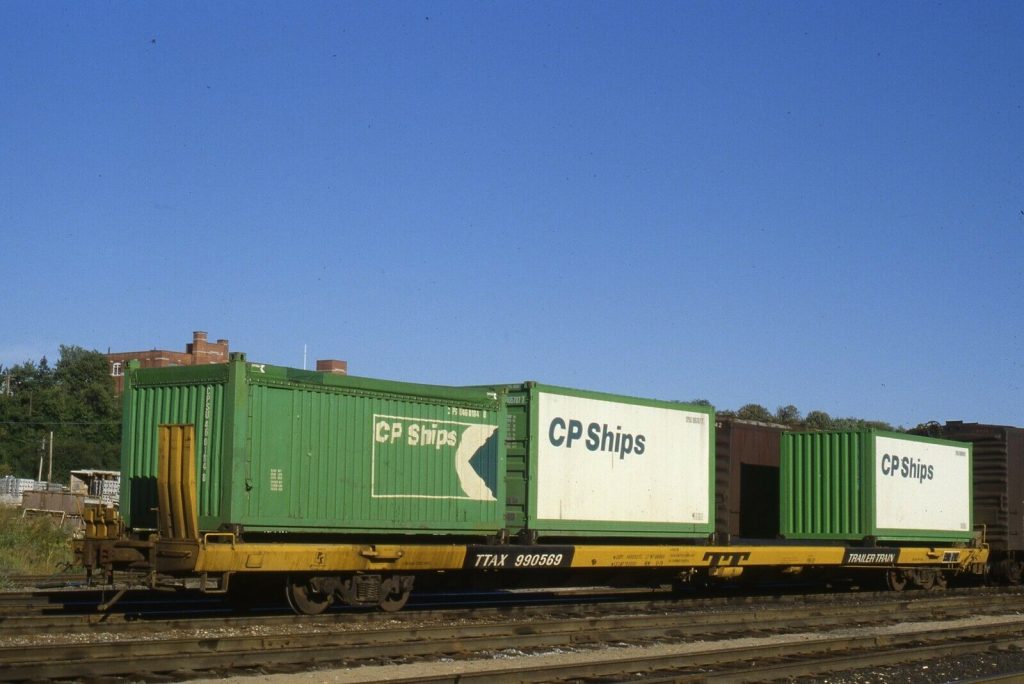
Pullman-Standard built TTAX 990569 89ft container flat at Sault Ste Marie, Ontario on 06 September 1980. (Ted Ellis collection)
What might have been?
Despite the advent of Conrail and its significant improvement of the northeast US rail network, CP Rail was developing plans in the early 1980s to make trains #911/912 true run-through freights with pooled SOO/CP power and expedited schedules. However this was always held back by the money required to rehabilitate the international bridge and increase its weight limits. Rather than making that investment, instead the CPR negotiated trackage rights with CSX over their C&O / ex-Pere Marquette line across southern Michigan to Detroit. That resulted in the introduction of hot new CP/SOO intermodal trains #500/501 in 1985, operating on a much more direct Chicago-Detroit-Toronto-Montreal routing.
Travelling via the CP’s Galt Subdivision across southernwestern Ontario, the local railfans of the Cambridge / Kitchener-Waterloo area were pretty excited (myself included) seeing SOO/CP run-through power on hot container trains. By the 1990s this had grown to three pairs of joint CP/SOO freights operating daily. But it came at a cost, namely with the withering in importance of trains #911/912 over the Sudbury Division. Eventually the CPR spun off their Sudbury-Soo route (the Webbwood Sub) to the Huron Central shortline. Even more surprising, they sold off most of their Michigan/Wisconsin SOO Line network to the newly reconstituted Wisconsin Central Railroad. Ironically, it was the WC who fixed the bridge so that a 6-axle unit could finally cross it. But it was too late by then.

A large cut of COFC intermodal traffic makes up the tail-end of train #912 as it rolls through Nairn siding enroute to the Port of Montreal. Model photo from the CP Sudbury Division layout.
However it is always the 1970s back in the time-warp that is our club’s CP Sudbury Division layout, and trains 911 & 912 roll over our territory daily. As a consequence whenever we hold an operating session and I happen to spot a cut of US-northeast and Chicago-area freight cars rolling by, followed by that oh-so familiar string of Trailer-Train COFC flats punctuated by a bright Action Yellow van; I can’t help but wonder what might have been had CP stuck with their original plan.

